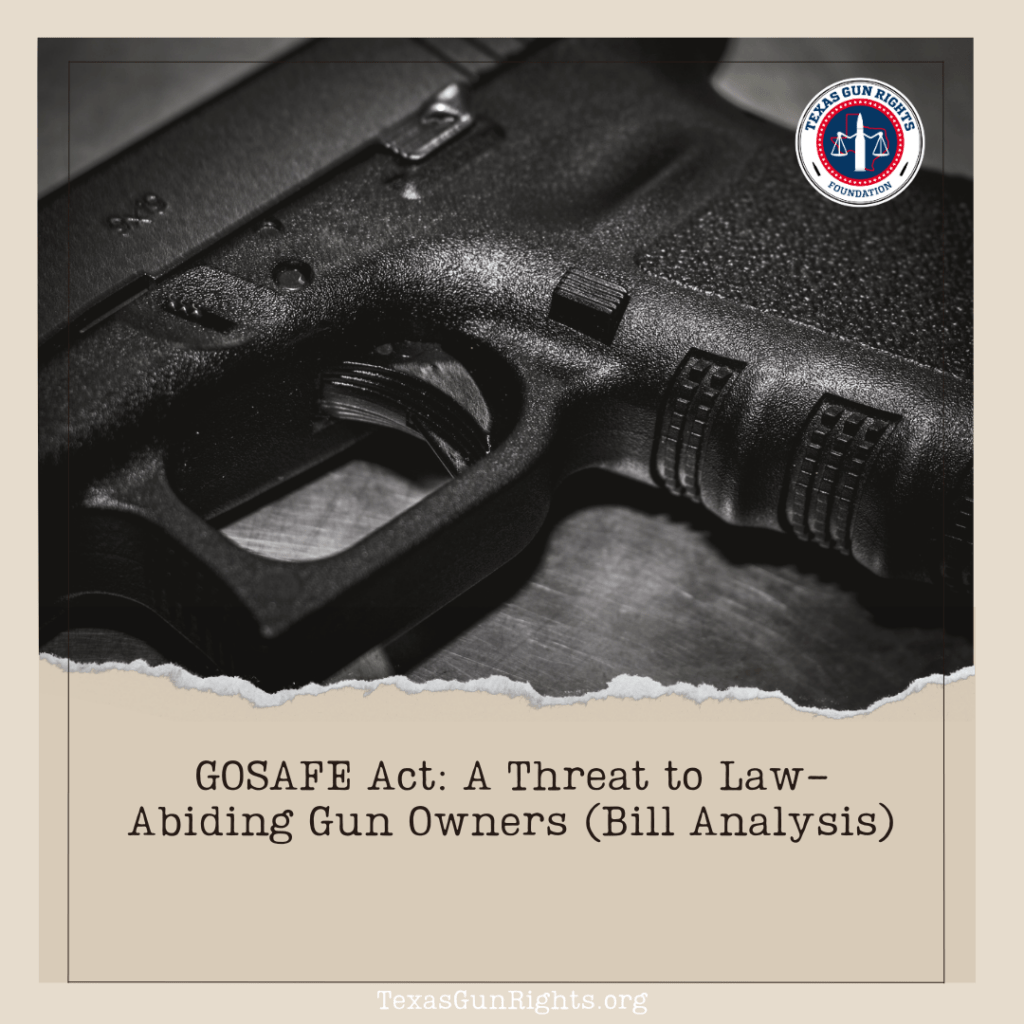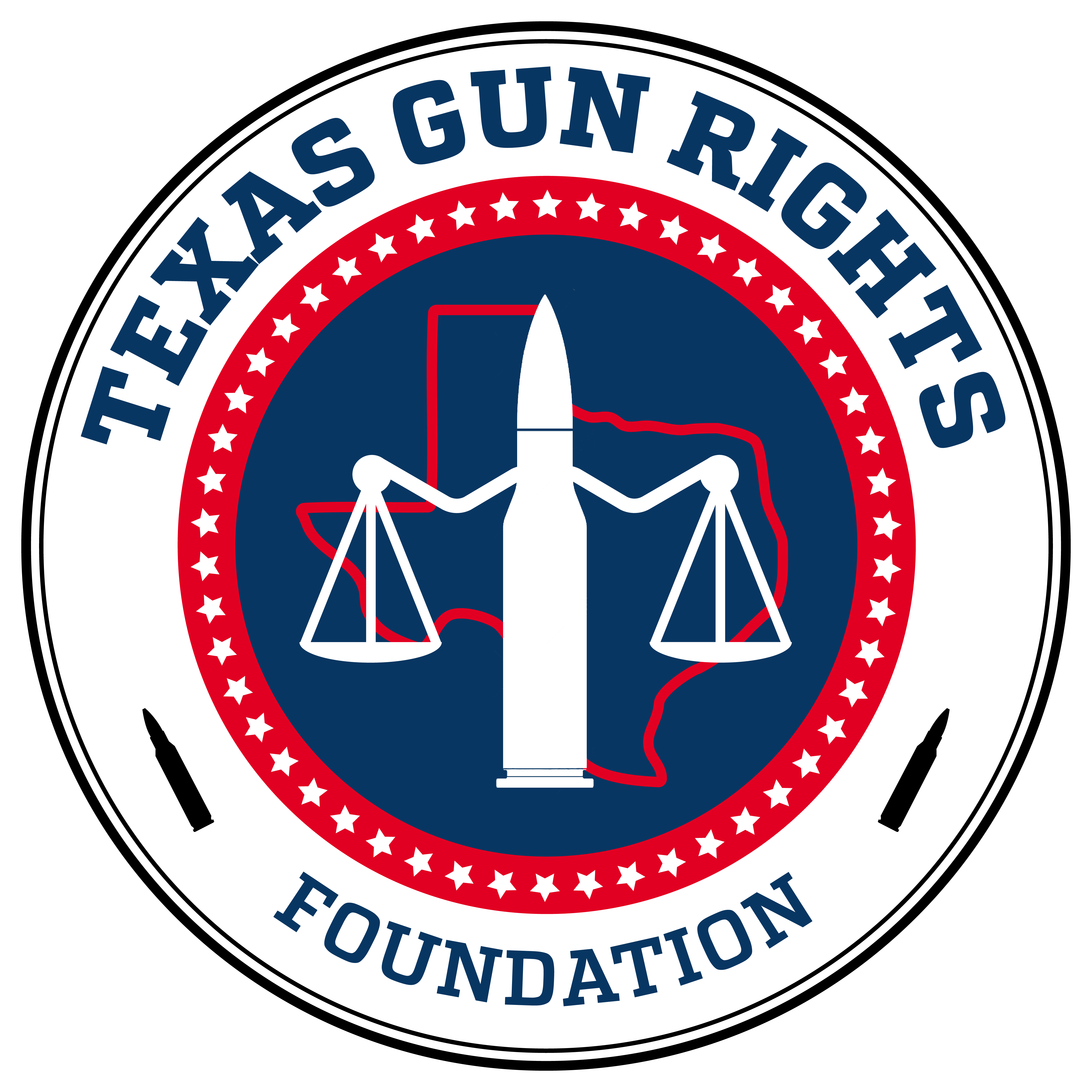
In a recent move stirring controversy among Second Amendment advocates, Senators Angus King and Martin Heinrich introduced the GOSAFE Act, a bill that significantly tightens regulations on semi-automatic firearms resulting in a de facto ban for most individuals. This legislation arises in the wake of the Lewiston, Maine tragedy, where a gunman claimed 18 lives.
Central to the GOSAFE Act is the prohibition of gas-operated semi-automatic firearms and magazines with a capacity exceeding 10 rounds. It also seeks to ban bump stocks and the manufacture of untraceable “ghost guns.”
Proponents argue the GOSAFE Act is a necessary measure to prevent future mass shootings. However, critics rightfully view it as an overreach that infringes on the rights of law-abiding gun owners.
Specifically, the GOSAFE Act undermines recent Supreme Court decisions, like the Bruen case, which upheld the constitutional right to bear arms. Critics of the GOSAFE Act argue that such broad restrictions on semi-automatic firearms, which are commonly used for legal purposes such as hunting and self-defense, are unconstitutional.
Many in the pro-gun community point out the ineffectiveness of similar bans in the past, such as the 1994 Assault Weapons Ban, had no appreciable effect on crime reduction. They argue that targeting law-abiding citizens does little to address the root causes of gun violence.
A Slippery Slope to More Restrictions
There’s a concern that the GOSAFE Act represents a slippery slope, potentially leading to further restrictive measures and even outright confiscation of firearms from legal owners. This view holds that incremental legislation like the GOSAFE Act can gradually erode gun rights, especially since the bill as drafted would outlaw most commonly owned firearms used for self-defense, hunting and shooting sports.
Texas Gun Rights is rallying gun owners to voice their opposition to the GOSAFE Act, seeing it as a pivotal moment for gun rights in America.
The pro-gun community is encouraged to contact their congressional representatives to express their concerns and preserve their constitutional rights.
Below is a TXGRF’s analysis of the GOSAFE ACT:
The GOSAFE Act specifically targets gas-operated semi-automatic firearms by defining them in detail and lists prohibited firearms in terms of their operational mechanisms rather than their appearances. It also proposes a ban on magazines larger than 10 rounds and prohibits certain modifications, including bump stocks.
The Act does not include a detailed list of specific makes and models of firearms. Instead, it focuses on the broader category of gas-operated semi-automatic firearms and the functional aspects of these weapons. The bill text does not provide a specific list of firearm brands or models but rather describes the types of firearms and components that would fall under the proposed restrictions.
· Changes definitions: The Act defines terms such as “semi-automatic firearm,” “cycle the action,” “gas-operated,” and “large capacity ammunition feeding device” to broadly prohibit scores of commonly owned firearms without specifically mentioning any make or model of firearm (Section 2, 8-23).
· Firearm Determinations: The Act mandates the Attorney General, through the ATF Director, to publish and update a fluid list of prohibited gas-operated semi-automatic firearms (Section 5, 14-16).
· Imposes Restrictions: It proposes restrictions on gas-operated semi-automatic firearms, including bans on certain modifications and the manufacture of “ghost gun” kits (Section 2, 8-23).
· Prohibits Standard Capacity Magazines: The Act seeks to ban magazines larger than 10 rounds (Section 2, 8-23).
· Penalties: It establishes penalties for violations, including fines and imprisonment (Section 4, 16-19).
o Violating sections 922(v) or (w) of the Act (which pertains to the prohibition of certain firearms, devices, or combinations of parts) results in a fine of not more than $5,000, imprisonment for not more than 12 months, or both for each offense.
o If someone in possession of a gas-operated semi-automatic firearm in violation of section 922(v) commits or attempts to commit another Federal offense punishable by imprisonment for more than one year, they shall be fined not more than $250,000, imprisoned for a term not less than 2 years and not more than 10 years, or both.
· Changes Approval Process for New Firearm Designs: It requires new semi-automatic firearms designed after the enactment of the Act to have approval prior to manufacture (Section 5, 14-16).
· Minimal Exemptions Offered: Certain exemptions are included, such as for firearms operating only with .22 caliber rimfire ammunition, single-shot rifles, and specific types of shotguns and handguns (Section 2, Subsection (v)(4).
· Introductory Government Confiscation Program: The Act proposes a voluntary buy-back program for prohibited firearms and standard capacity ammunition feeding devices, using Byrne grants (Section 3).
Read the bill here.

19 responses to “GOSAFE Act: A Threat to Law-Abiding Gun Owners (Bill Analysis)”
It has gotten really old that every week another gun restriction bill is offered as a way to subvert the 2nd Amendment. These politicians should be charged with not upholding their oath of office. The constitution guarantees that the right to own guns shall not be infringed. We need to stop playing defense and once an for all put a stop to this political farce to subvert the constitution. They can play with the names of these bill as a smoke screen, like the inflation reduction act, but bottom line they are designed to strip Americans rights under the disguise of public safety.
I think this is a necessary move. We do not live in a war zone. Telephones provide much ability to get help. People of all ages must now be more aware of their surroundings and take certain safety precautions.
Taking guns out of the hands of law abiding citizens is not going to help. Anyone wanting a gun can buy them illegally. Besides, if someone really wants to kill a lot or even just one person, there are a number of ways to do it. 911, The Boston bombers, etc have proven that. The internet has a number of ways to make bombs. The problem is with the people using guns and other weapons to kill others. So, my personal belief is to screen people when they start school. They can be given tests, with an ID number instead of their name and keep giving them tests through their high school years or even into college. Of course, the tests will have to be changed as they age and their teachers do not need to be informed of the results unless there is a great concern that they show signs of being dangerously mentally ill reported by the Mental Health doctors, who study the test. If a person is determined to be mentally ill and dangerous to their-self or others, even as a child then steps have to be taken to help them and remove then from classrooms and to a program that can help them. The other issues are the people illegally crossing our borders who may want to do us harm. Without know who are where they are, the entire country is at risk and they won’t be giving up their guns. More likely, they will be making bombs, trying to destroy our power grid or poising our water plants. I also, can’t help but remember when the NAZIS took all the guns away from the people of every country they destroyed. So, no, I don’t want our private guns removed. We may need them to defend ourselves.
I don’t know the exact number of gun owners having firearms that would be affected by this bill. I am guessing, in light of the huge increase in crimes everywhere due to Democrat policies , that number of lawful gun owners has increased exponentially. The idea that the people that we have hired to protect our rights have turned their backs on We The Pople and at this point it is clear that the only need for gun control from this governing body is to escalate the subservience of all law abiding, God fearing, family loving patriots. I’m also guessing , if enacted, compliance will be minimal and aftershock could exceed our worst fears.
Its already against the law to kill people. Its already against the law to steal their stuff. If laws worked, there would be no crime. Criminals will always have guns and they will always do bad things with them. Its not kindergarten any more. Don’t punish those who have done and will not do wrong while pretending you are protecting them.
HELL NO !!
Another “reach” to undermine 2A, Thanks for your watchfulness and reporting
Communists like the 2 senators coming up with these ‘bad for Law abiding Americans’
cannot pass. They are doomed. This is typical of the Facist Dictators from NM and ME…
Shall not be infringed
TGR do your best to get rid of the “Go Safe Act”
Gun control groups have failed to ban those “scary” AR-15s because of their looks. Now they’re rebranding themselves as gun “safety” groups and are going after AR-15s, AK-47s, and semiautomatic variants according to how their cycling mechanism operates. They brand “gas-operated” as “inherently dangerous” without rationale. What’s next? A bill proposing that all owners of semiautomatic firearms are “mentally unstable” because they choose semiautomatic pistols over revolvers?
Our government is in overreach on all of our freedoms as given by our Constitution and it’s amendments. We can not tolerate the course we are being pushed down. This coming election, look carefully at the contestants
I will not be complying with ATF new rules for Ar 15
The so-called GOSAFE act is nothing more than another ill-advised proposal that will do absolutely nothing to preclude illegal and wrongful acts by criminals and other individuals who want to do harm to others.
The only effect of this obvious overreach would be to penalize and cause restrictions on the rights of law–abiding citizens.
If the law-enforcement community, including federal agencies, would aggressively enforce the myriad assortment of laws already extant there would be a more than significant reduction in crime to include mass shootings.
These manipulative opponents of the second amendment Are exercising all options to fulfill their dark agenda. We all know gun control is not about gun control to save lives, It’s about government’s control To prevent the uprise of patriots against tyranny!
The 2nd is absolute. Whatever they pull is unconstitutional. The Founding Fathers specifically said that the citizenry should be armed as well as any nation’s army. So there is no constitutional limit on full-auto weapons let alone semi-auto.
Why not just ban Democrats from owning weapons. They are the ones who do all the shooting.
we can not let this happen we are the bad guys.
I am opposed to all laws pertaining to guns, stocks etc. There should be no laws restricting guns as long as they are used legally.